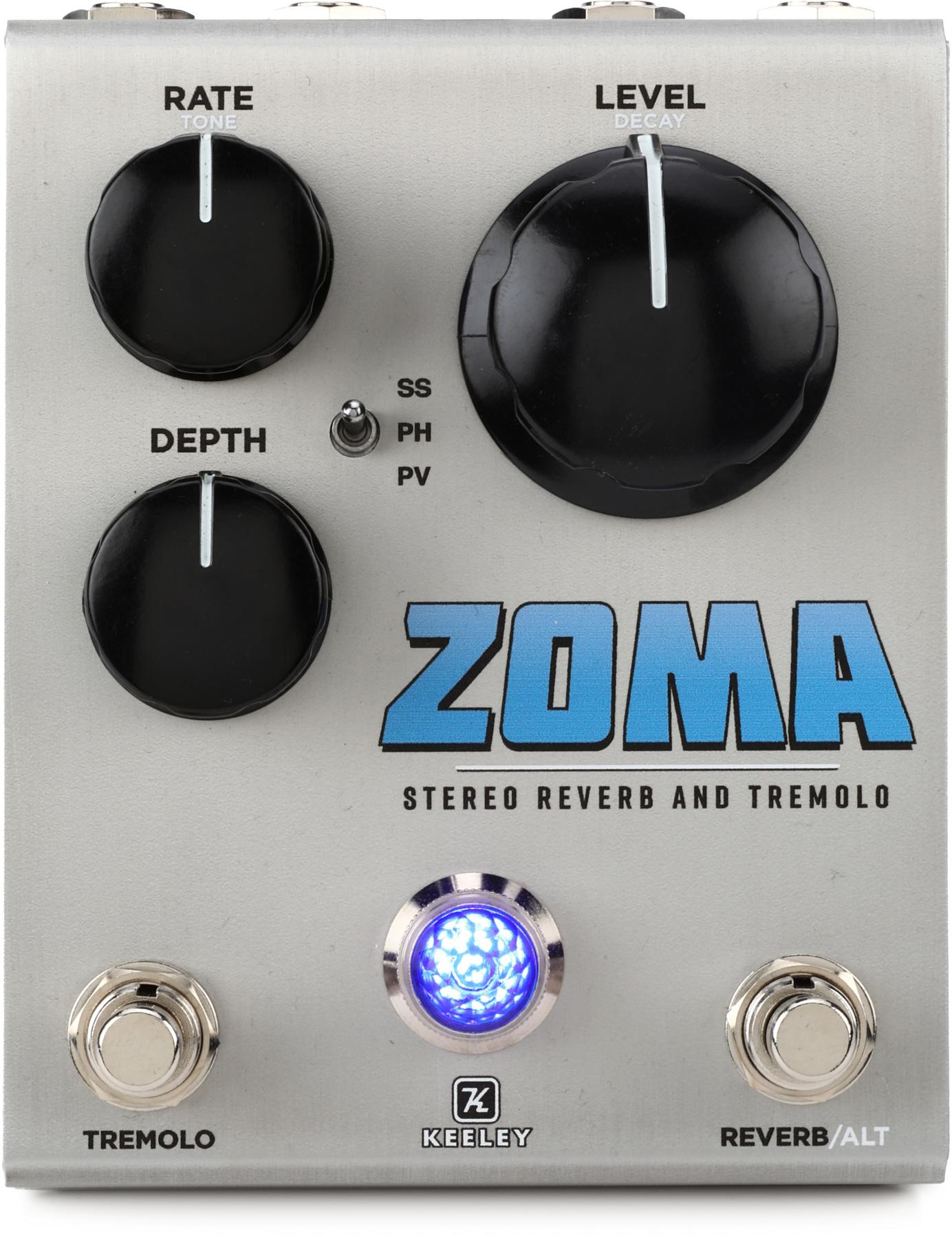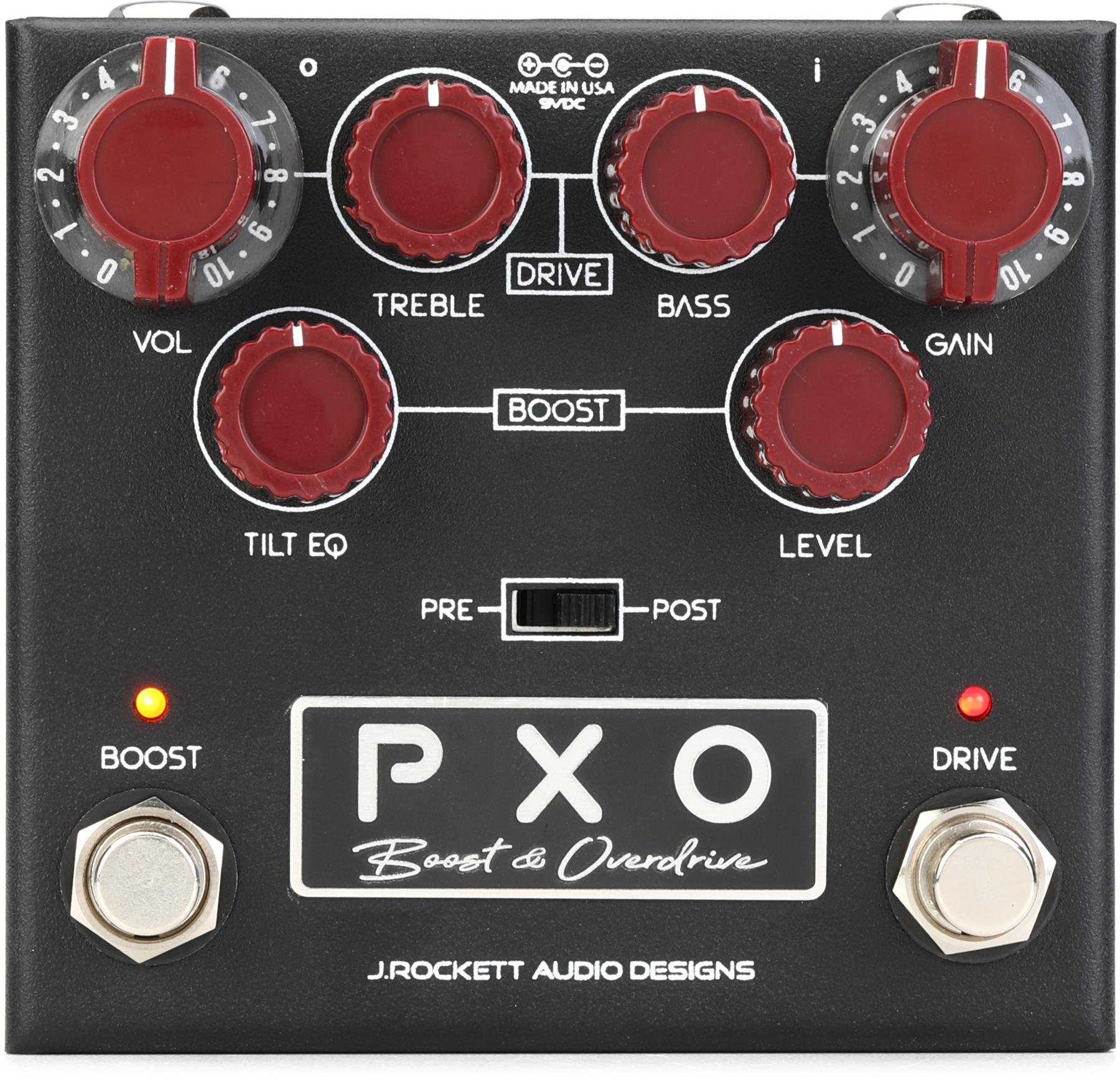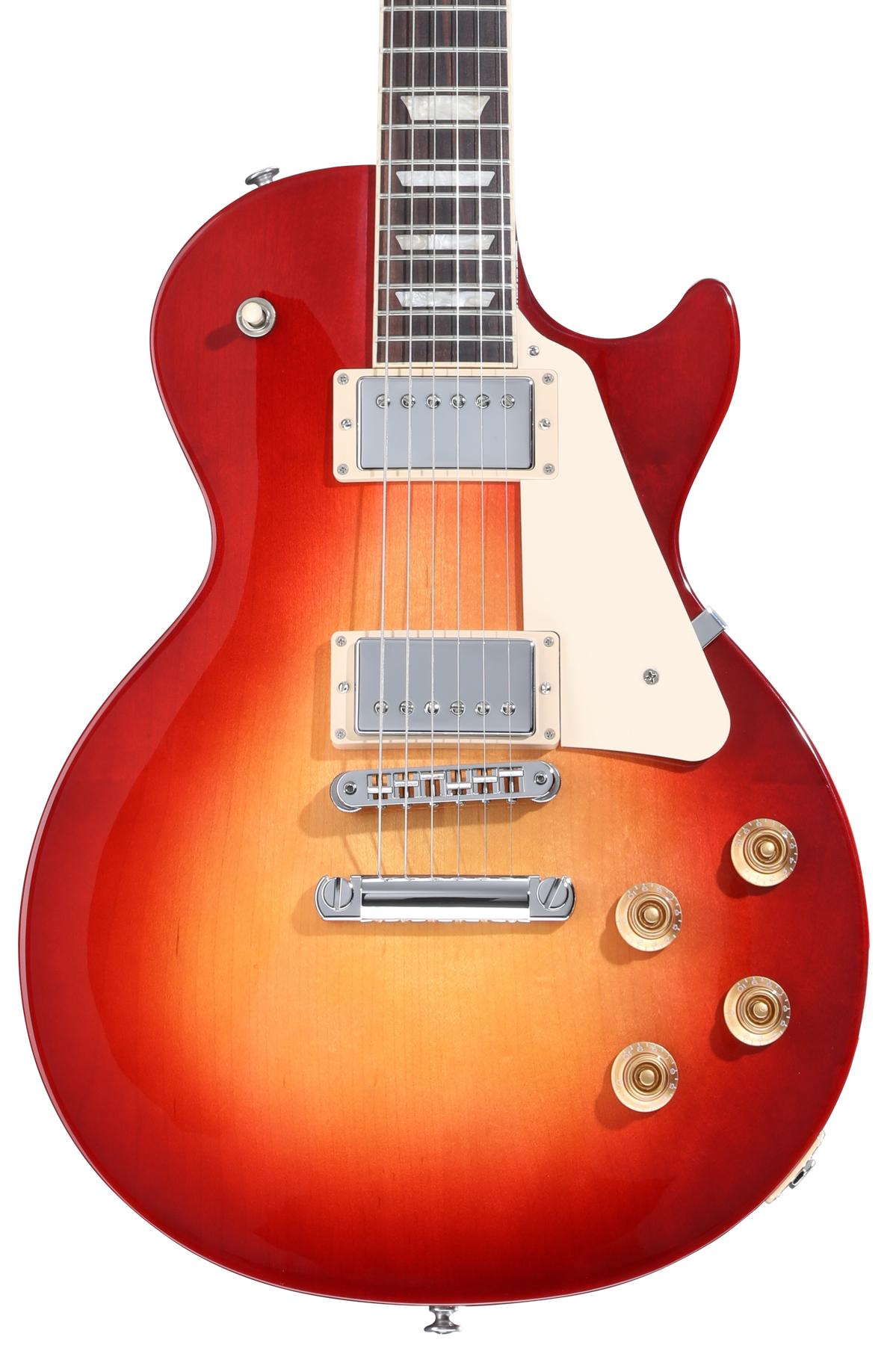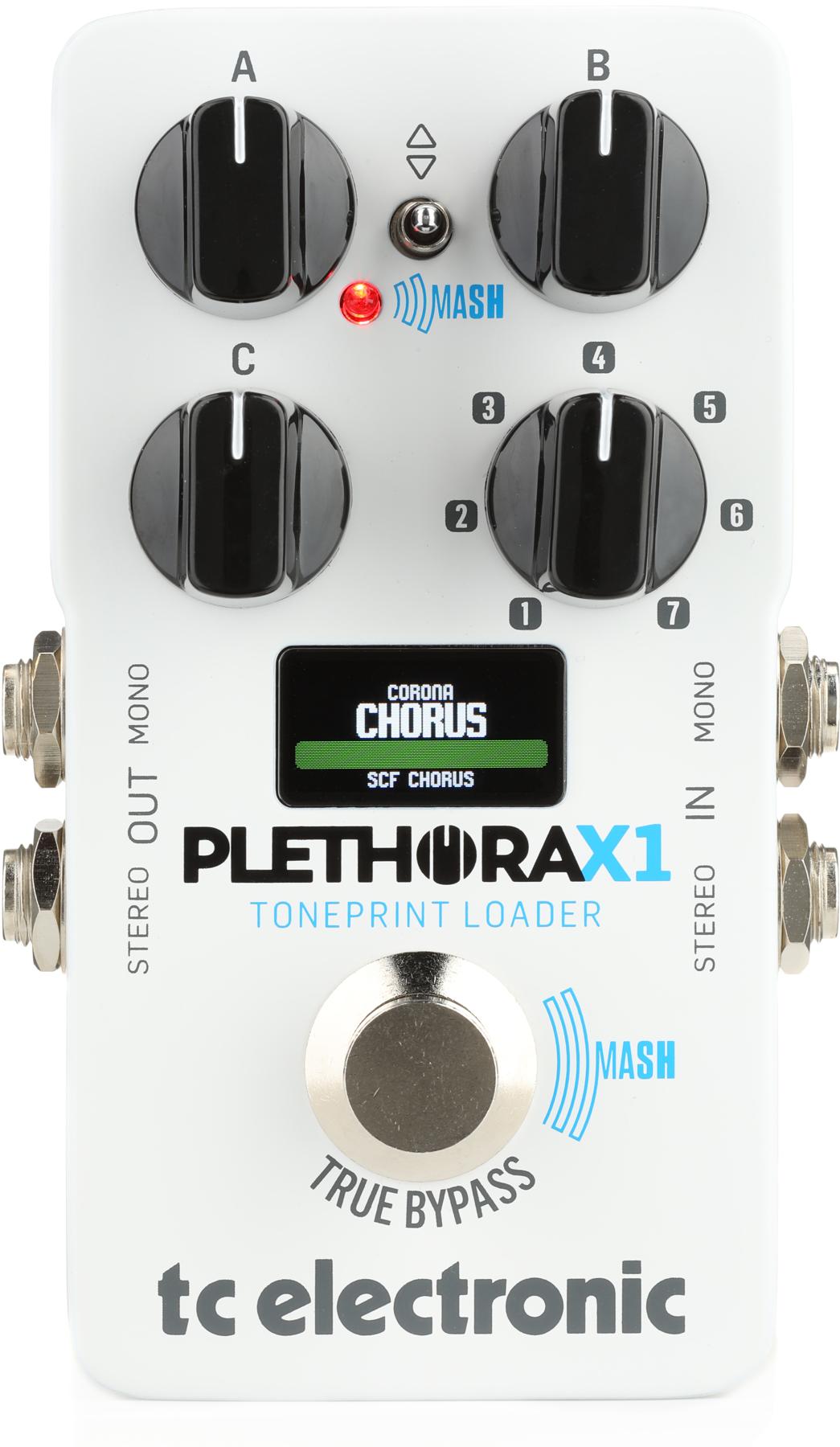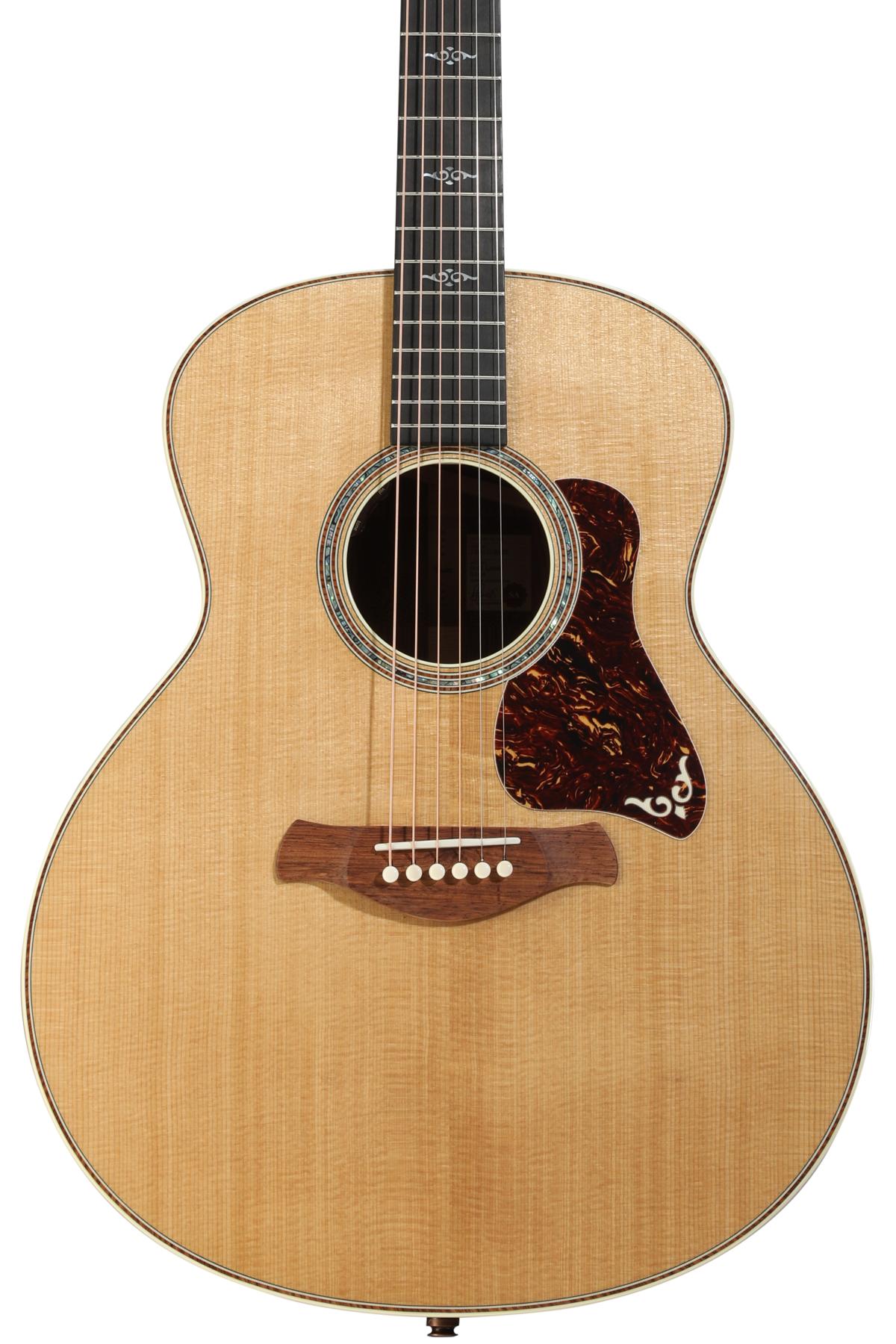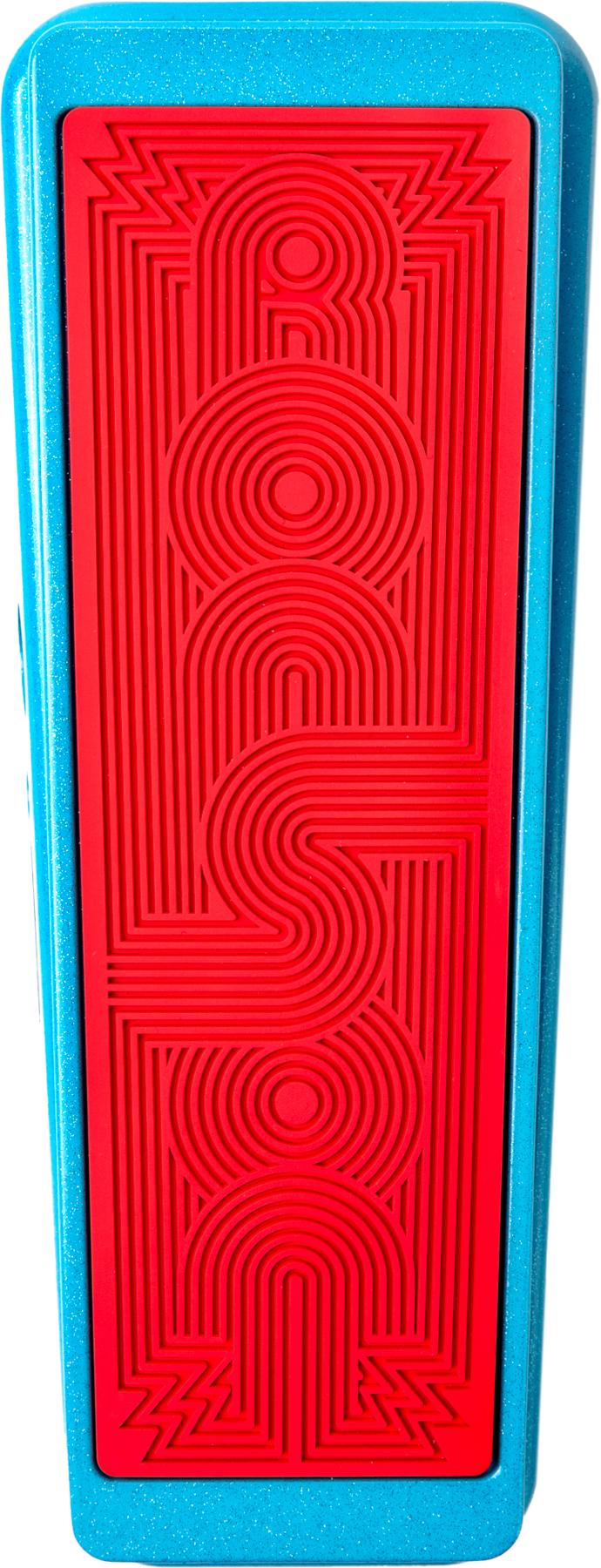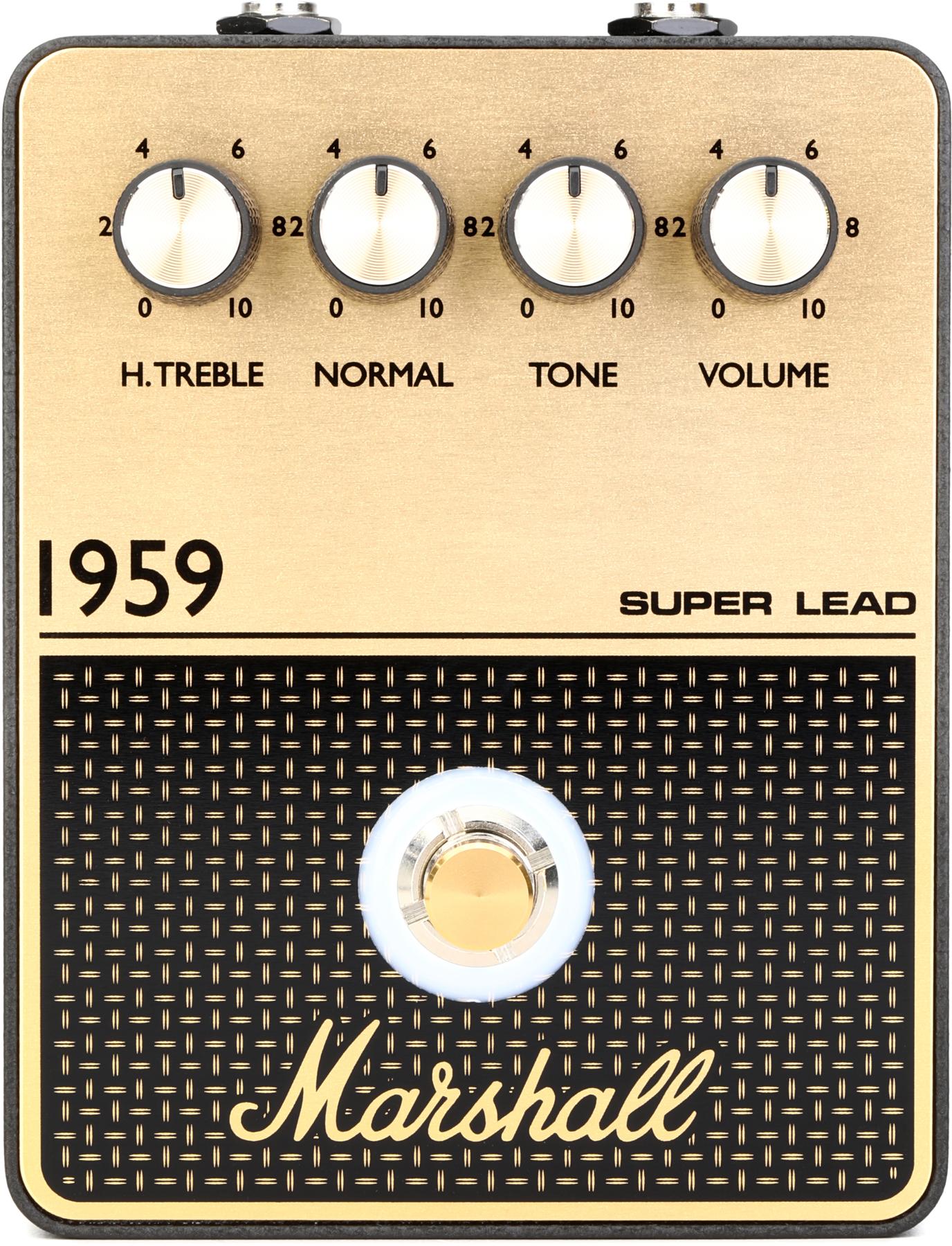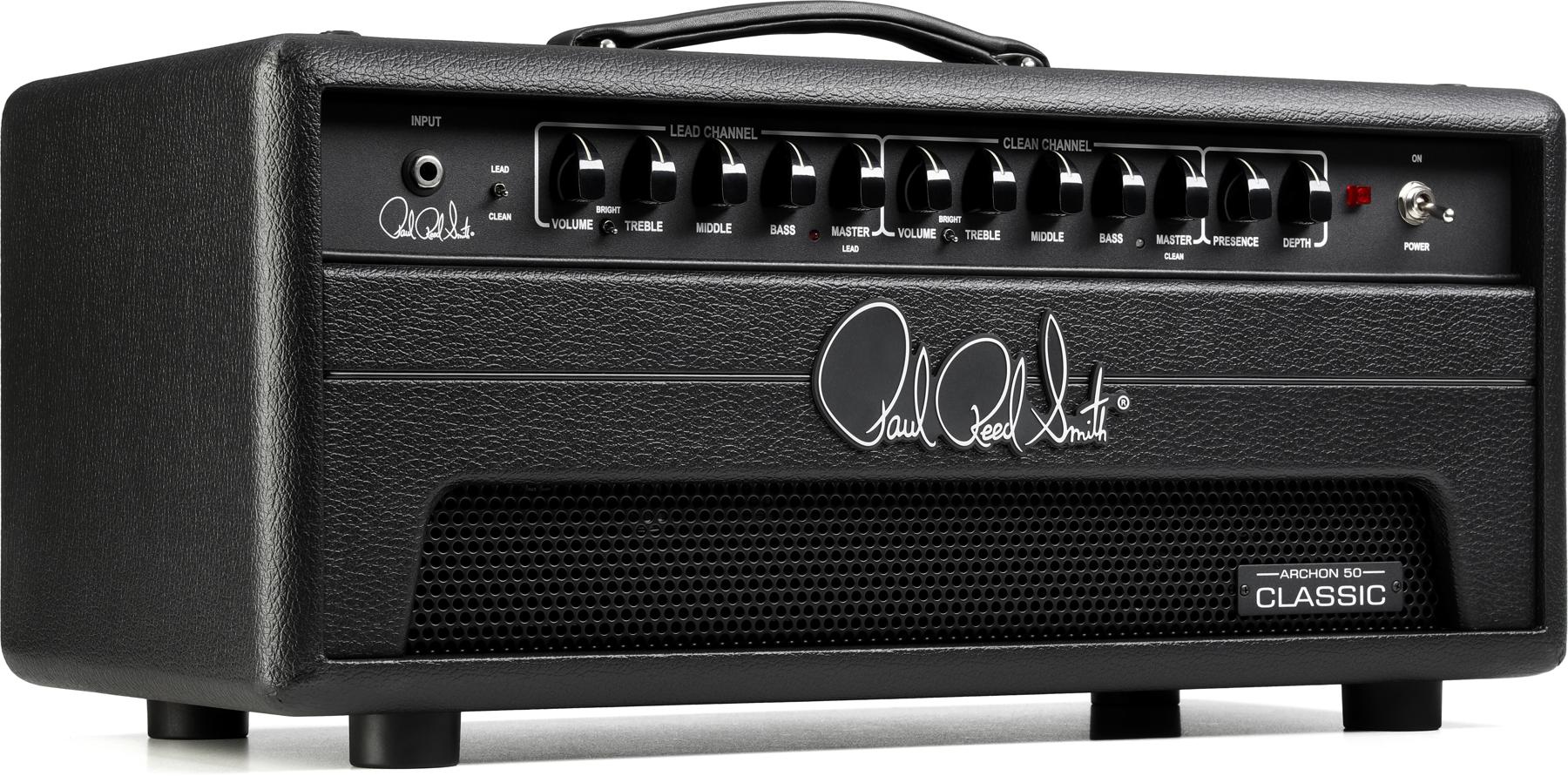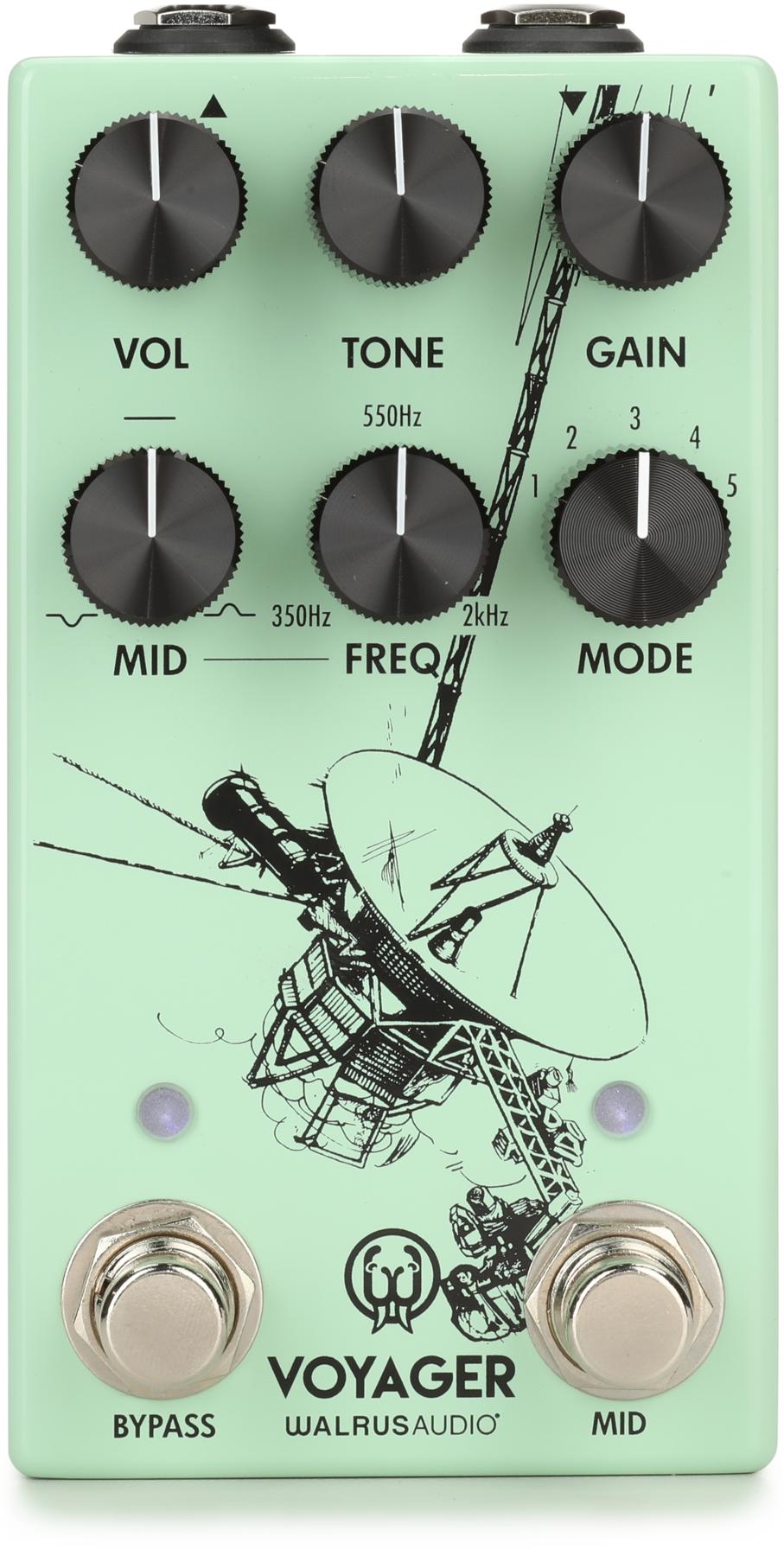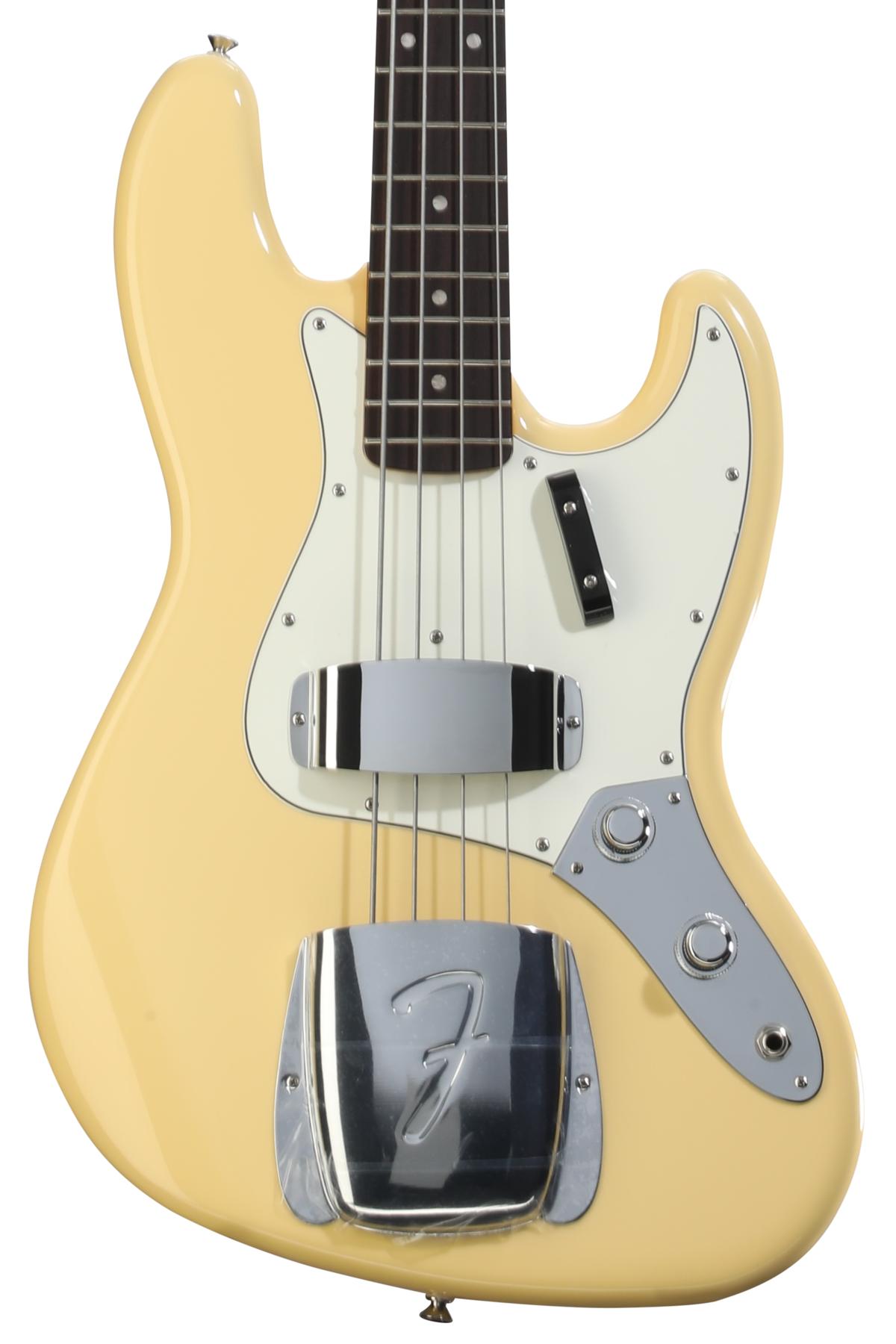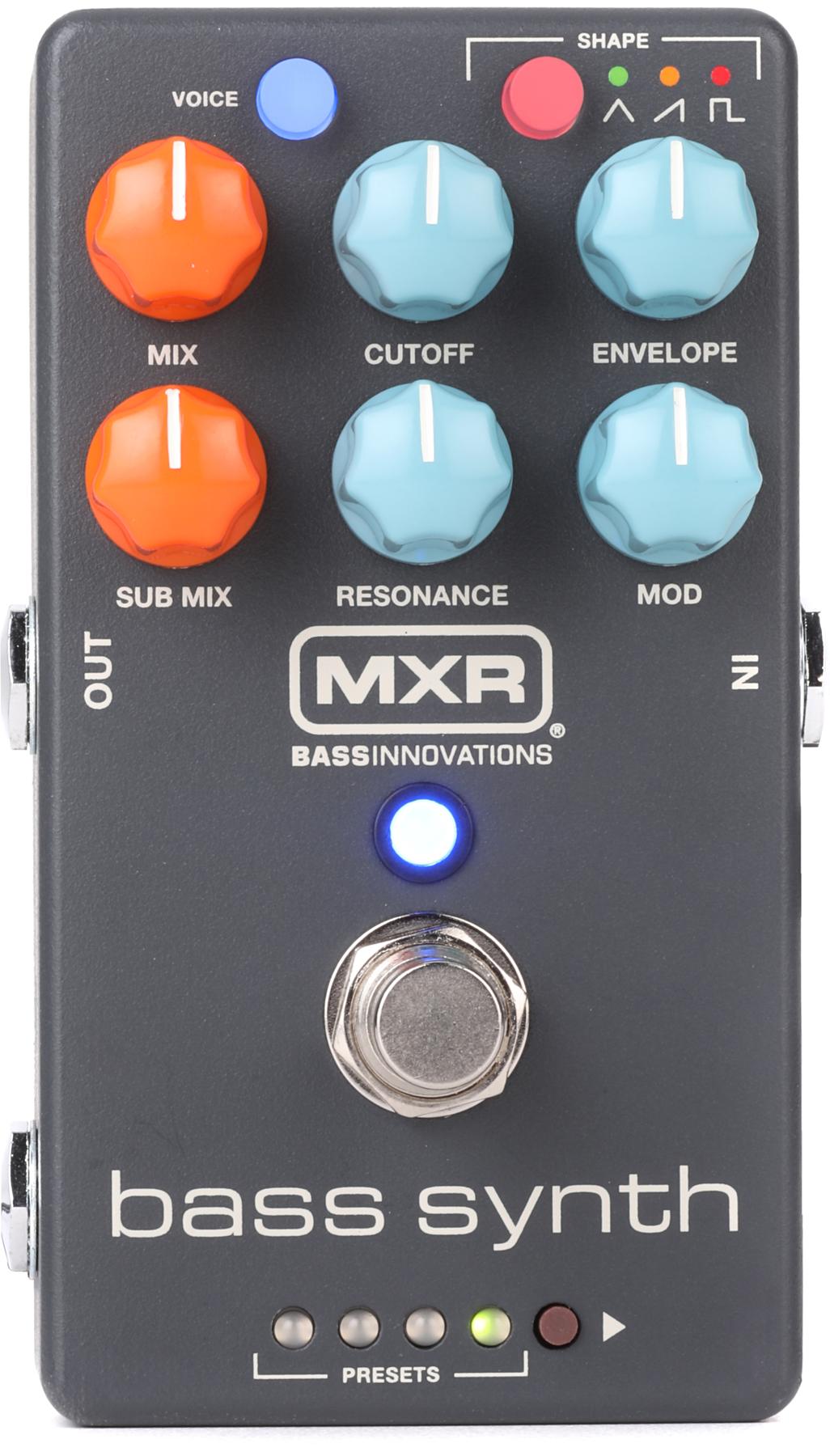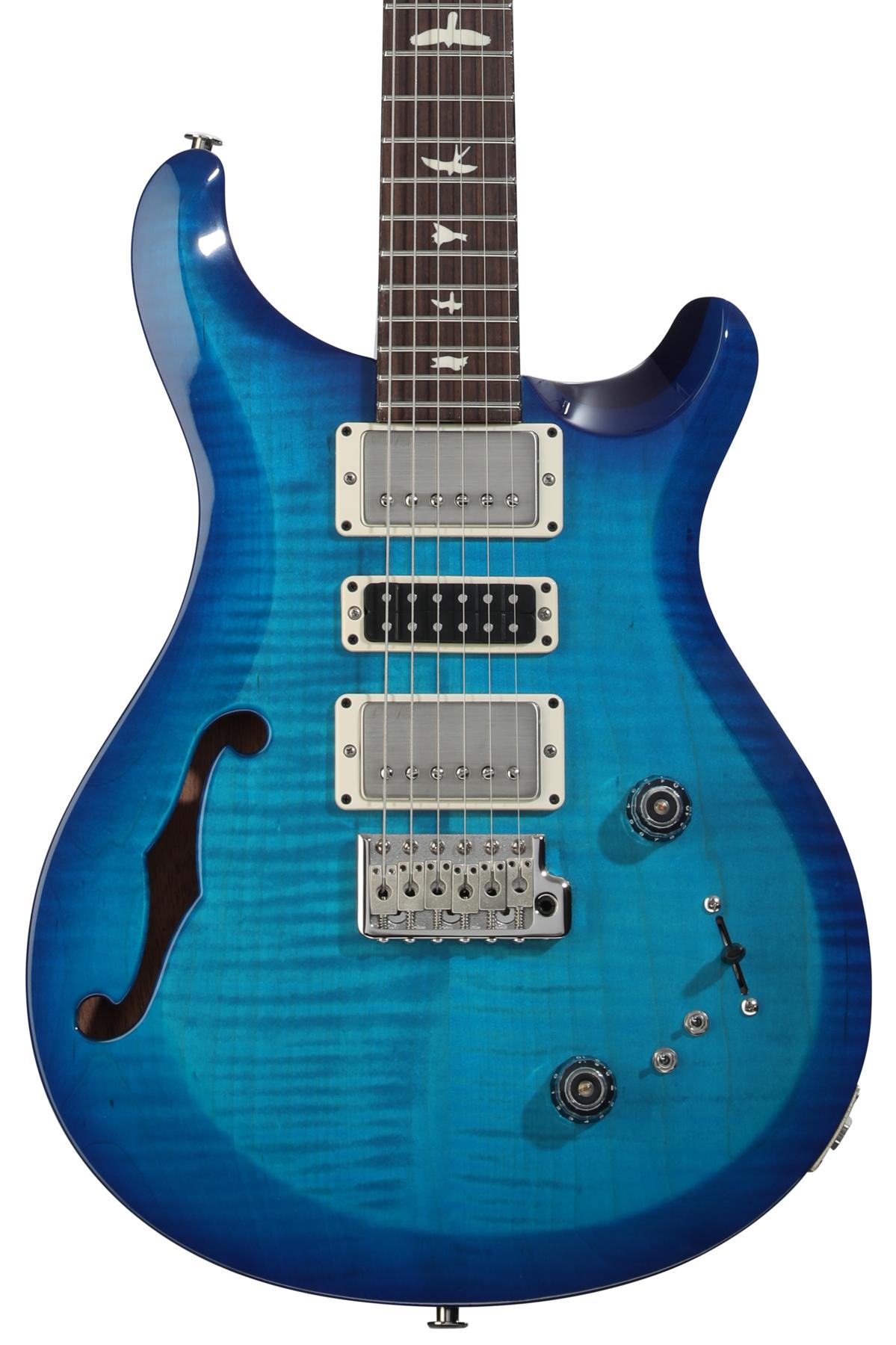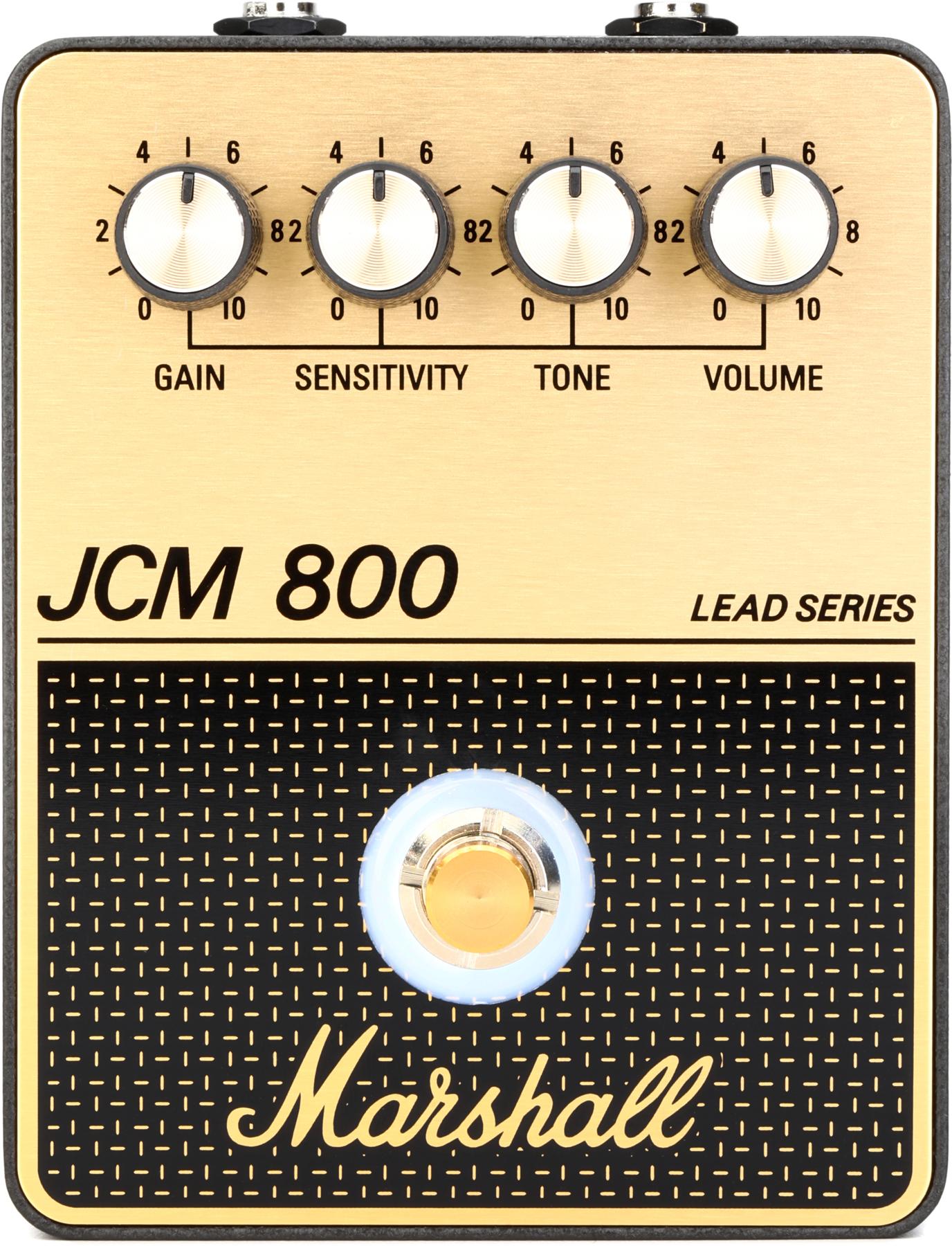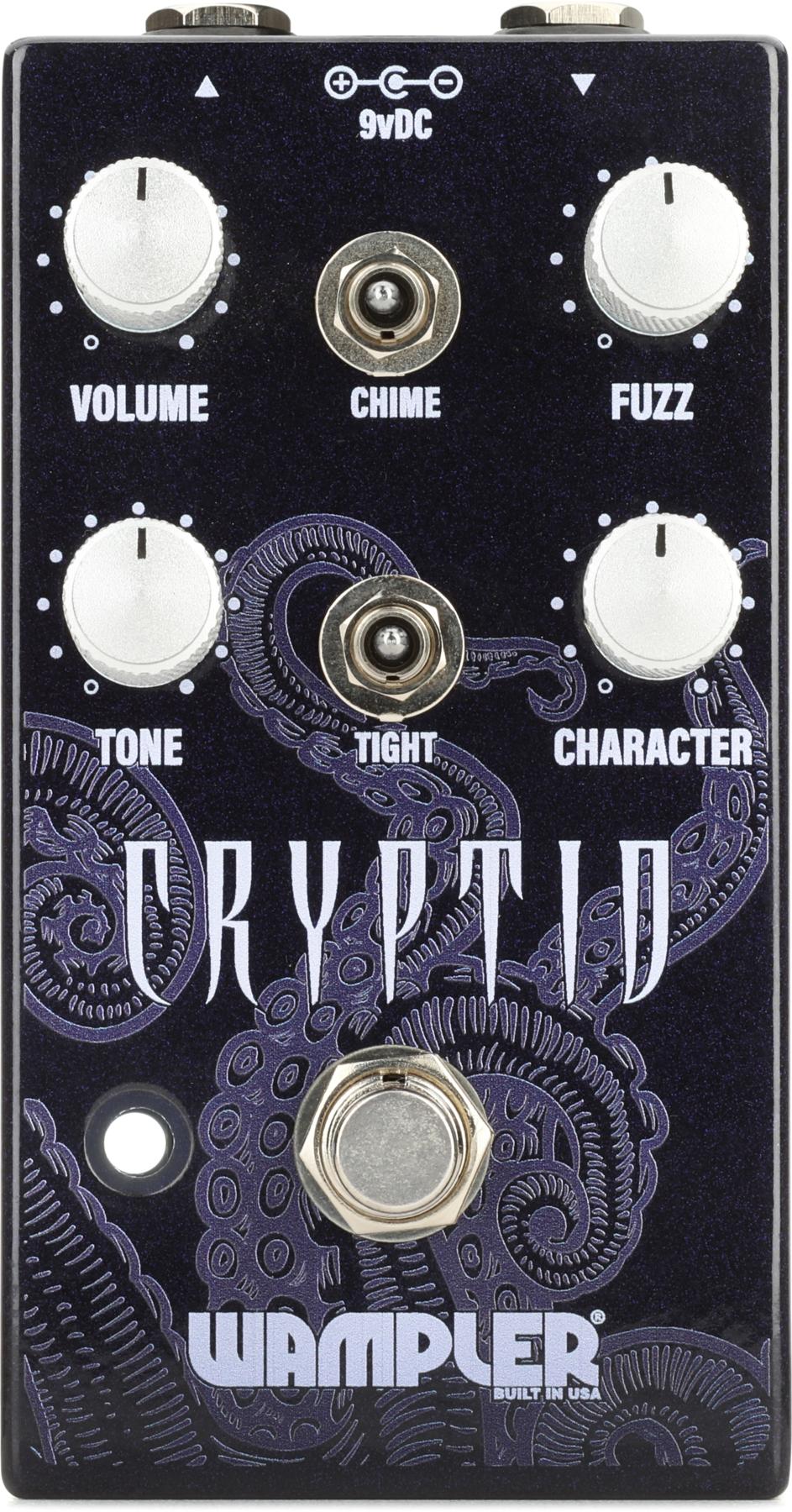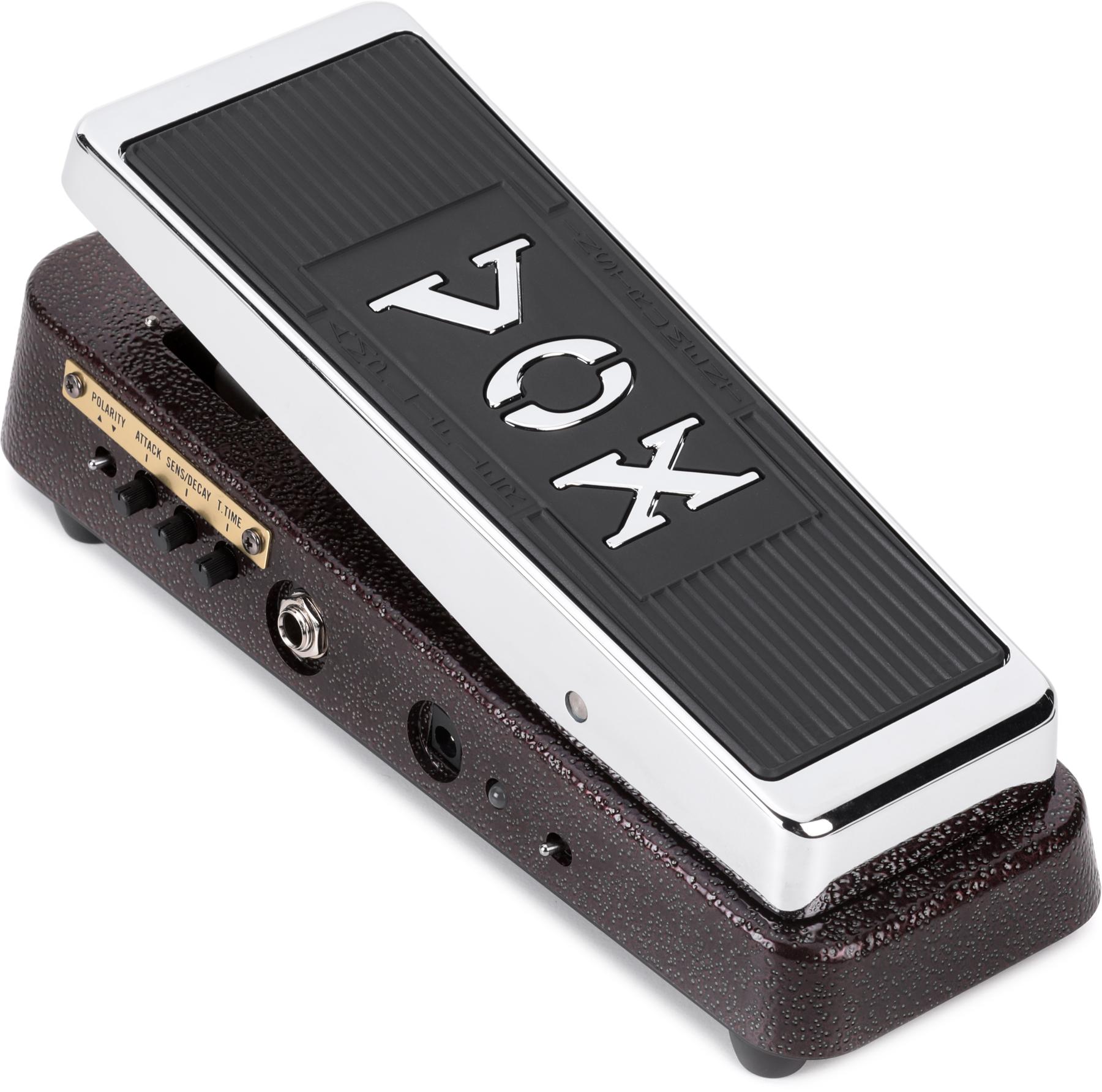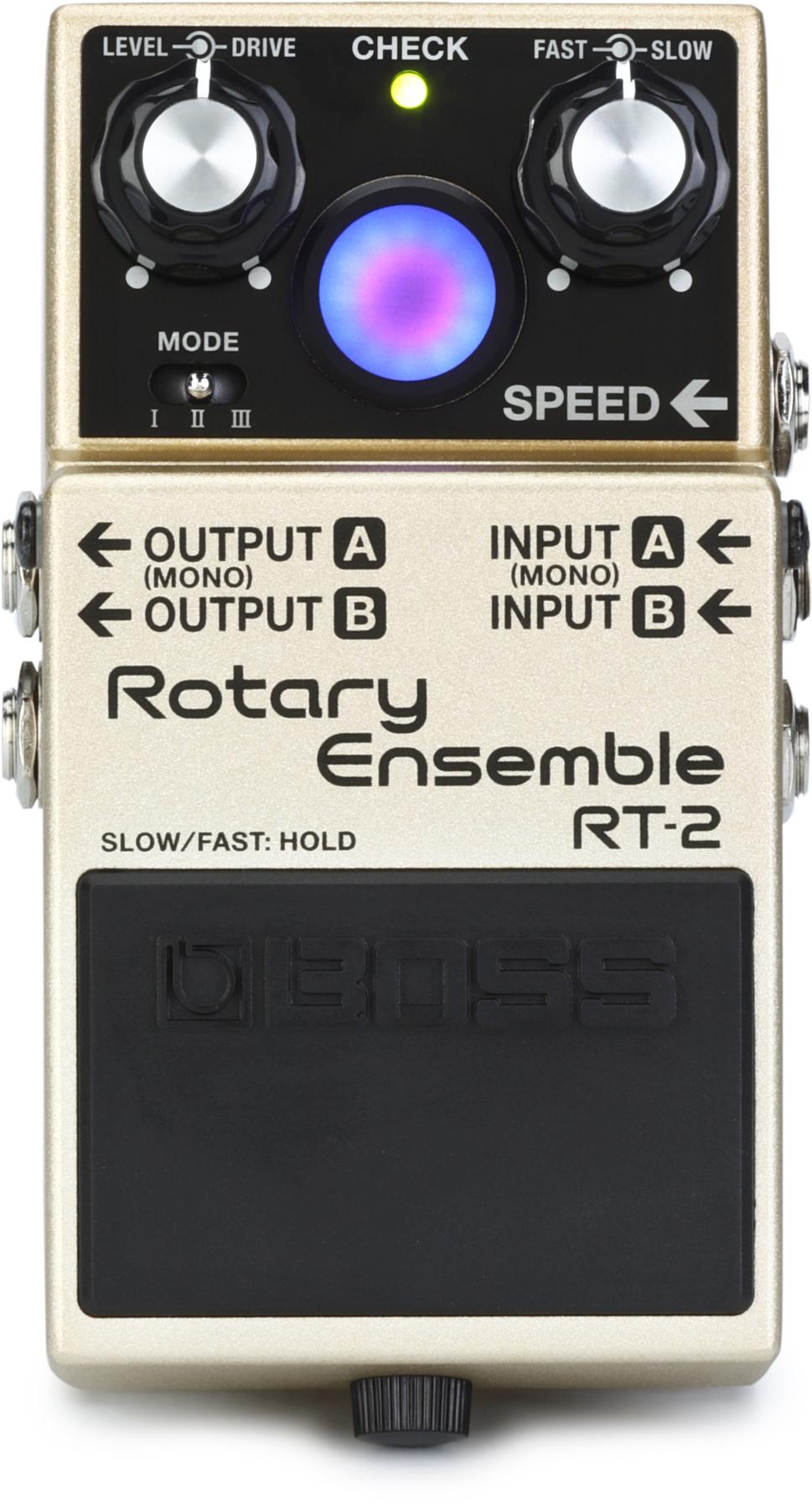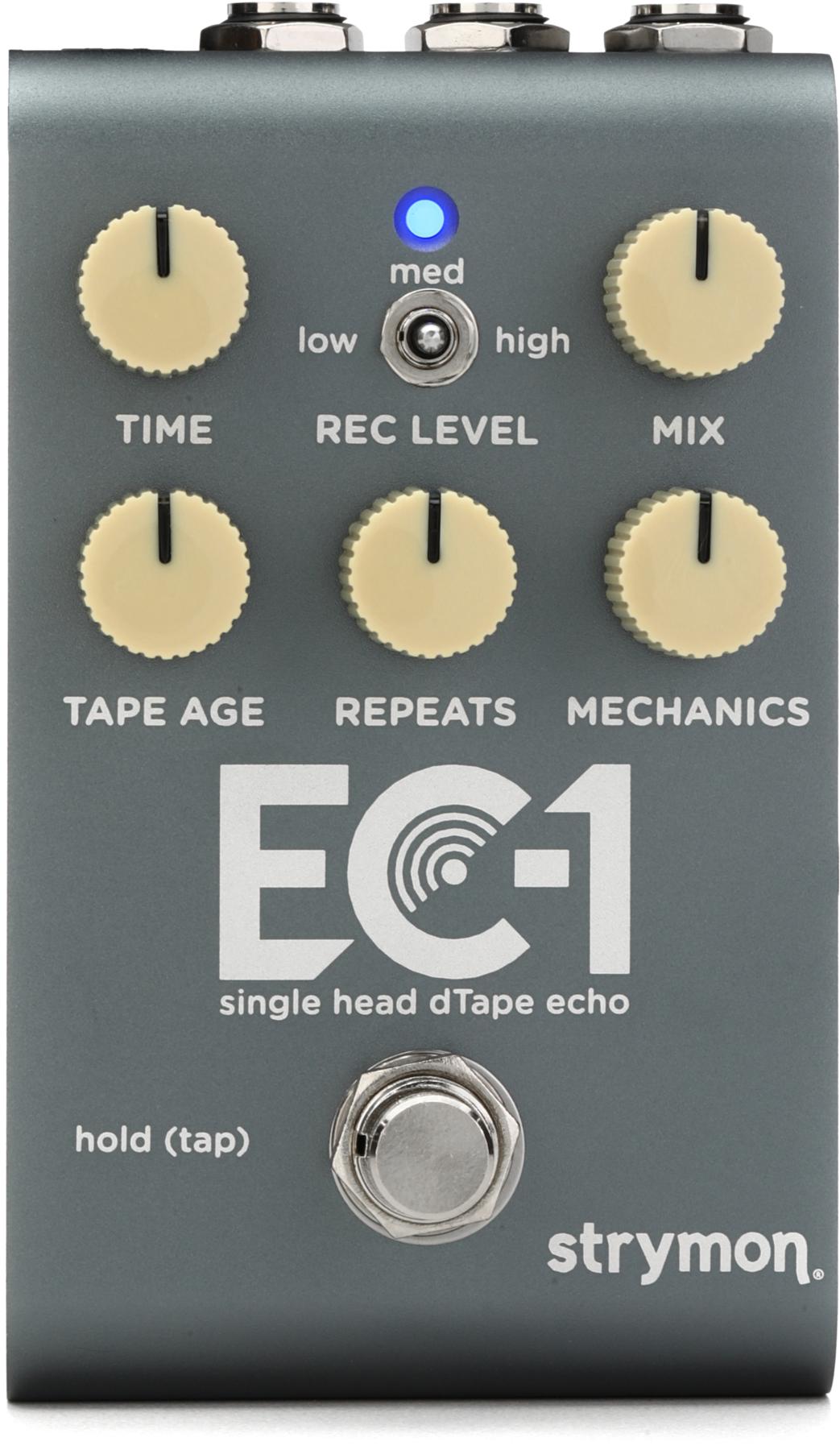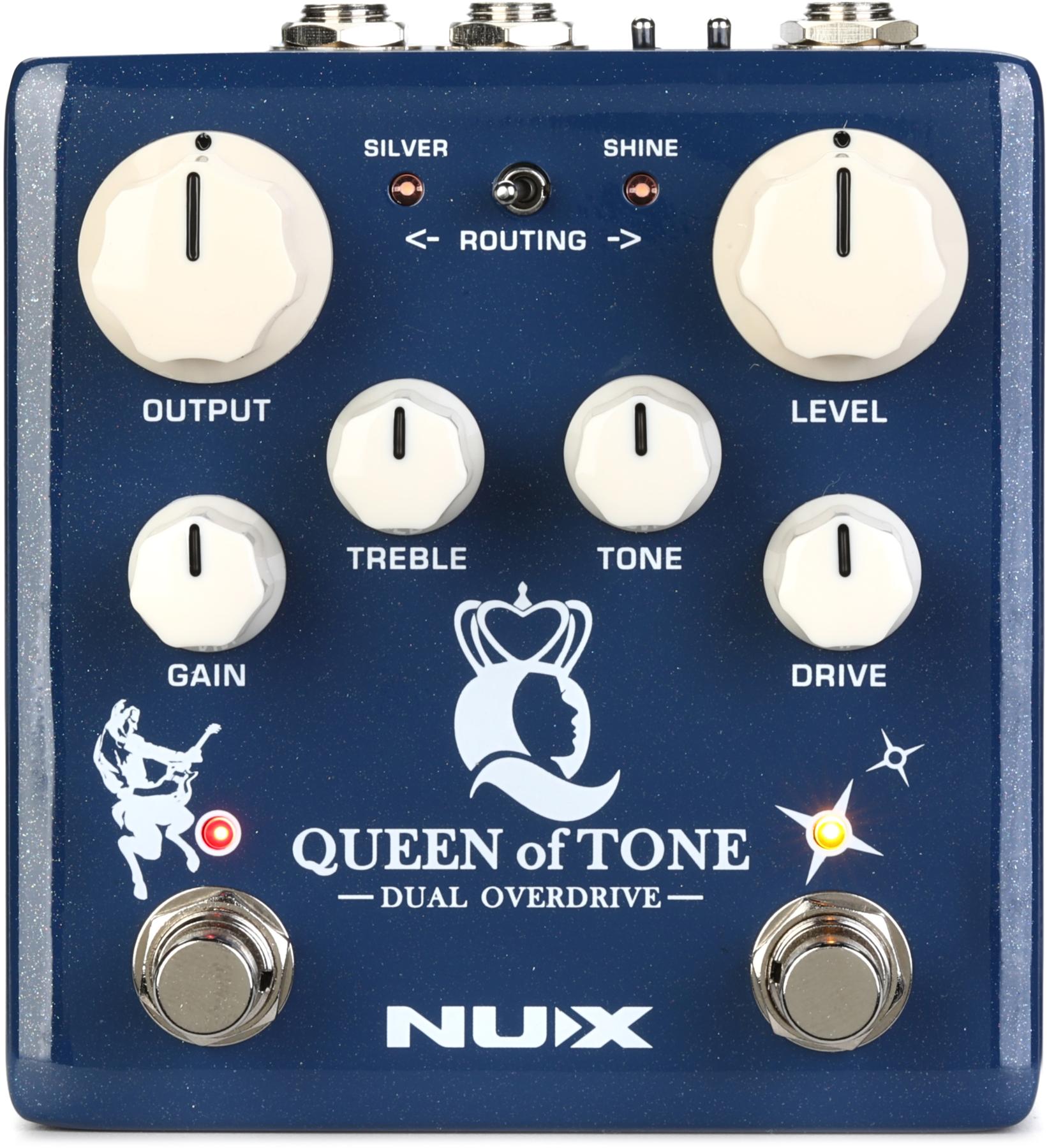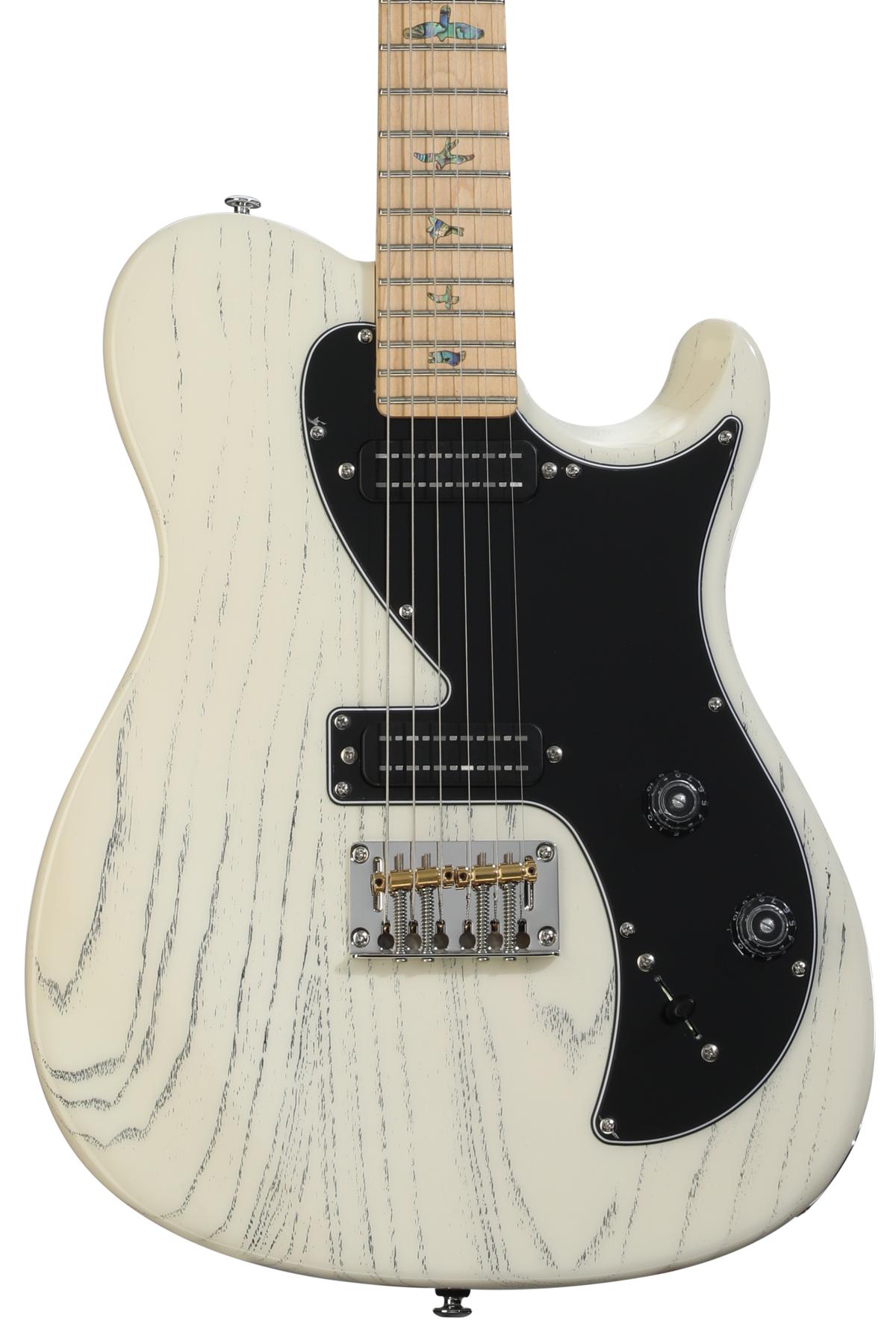Deeply figured wood—which represents an aberration in the growth of a tree—that’s figured enough to be deemed presentation-quality is found in less than two percent of all maple and will fetch hundreds of dollars per blank.
Why did the classic-rock guitarist cross the road? Answer: Because someone told him Jimmy Page did. And so, the modern age of the flame-maple-topped guitar was born. Figured maple (aka curly, flamed, quilted, or fiddleback maple) that had once been deemed too fancy for rock became the new gold standard for super-double-deluxe instruments. The era of boring walnut-finished Gretsch Country Gents, loafer-brown Firebirds, and SGs in morbid maroon was over. Suddenly, the coolest of kids were the cherry sunburst wow-topped instruments.
Well, at least that was the case at the top of the 6-string food chain. Every guitar shape and configuration was fair game for the transformative addition of choice, figured woods. A Stratocaster with a quilted-maple body? Bring it on. How about a Flying V with a chevron-flame top? Dean me, baby! Figured hardwood was like hot sauce: It raised the temperature and made everything better. And it also rendered guitars more expensive.
Anyone who has bought plain, maple lumber will have noticed that, every now and then, a few pieces will have a little curl or quilt figure in them. That’s because it’s an aberration in the growth of a tree—not a different species. As far as I know, you can’t just plant a field full of figured-maple trees (although I’m sure someone is trying). You’ve got to sort through the plain chaff to find the good stuff. And that takes time, which means money. It’s the scarcity that makes it costly, and the delicious, visual depth that makes it coveted.
Furniture makers have, of course, been adorning pricey tables, chairs, armoires, and bureaus with figured woods since there were castles to furnish. It follows that a top-of-the-line lute or violin should feature a sick piece of lavish hardwood, too. And hundreds of years later, the same principles and esthetics were passed down to guitar building.
Wood dealers follow a set of terms to describe and grade lumber for customers. This helps selection and facilitates pricing. The National Hardwood Lumber Association outlines wood attributes in their 100-plus-page rulebook so a builder can compare lumber in an apples-to-apples manner when buying from multiple sources. Most of the rules are for grading the face of boards for cleanness—which is the absence of defects like knots and wormholes—as well as the consistency of grain orientation. There’s not enough space here to go into all the specifics, but it’s interesting to note there are no guidelines for determining the amount of figure.
For the most part, decorative- or figured-wood grading is a bit like the Wild West, with each vendor (and therefore builder) making determinations on his or her own without oversight. Typically, the figured woods are identified with letters: A, AA, AAA, and AAAA represent the quality level from lowest to highest. In this case, quality refers to the depth and consistency of the figure. Recently, however, there have been attempts to reconfigure marketing strategy by inventing “Five A” (AAAAA), as if a new stratum of the species had been discovered. Believe me, nature hasn’t heard this news yet.
Another ploy is to use terms outside the norm such as “10-Top” or “Master Grade.” I’ll cop to being part of this whole arms-race escalation and obfuscation, but what’s a guy to do? In our defense, builders are hard-pressed to lure customers with worn-out and boring descriptions from another era. Like you, we’re just trying to put food on the table for our families.
I’ve always been a fan of quirky and/or rustic-looking wood, but it’s been a tough sell in a world where curly maple connotes status. As of late, however, I’ve noticed a subtle change. My clients are still clamoring for awesome figured tops and backs, but there is a new breed of player whose esthetic runs contrary to the collectible-classic look. The plain-Jane, bargain-rack look is clearly the fashion du jour with younger bands. Along with low-wind, pedal-friendly pickups, the pawnshop-chic pose is clearly an anti-classic-rock façade. As certainly as plaid replaced spandex, plywood has supplanted decorative woods in some circles. Even with all the requests I get for “killer” tops, guitarists are increasingly opening up to wood with character other than just curls and quilt.
Do I think that figured tops are finished? Hardly. There is always change afoot, and there will always be a place for a new twist on an old concept.





















